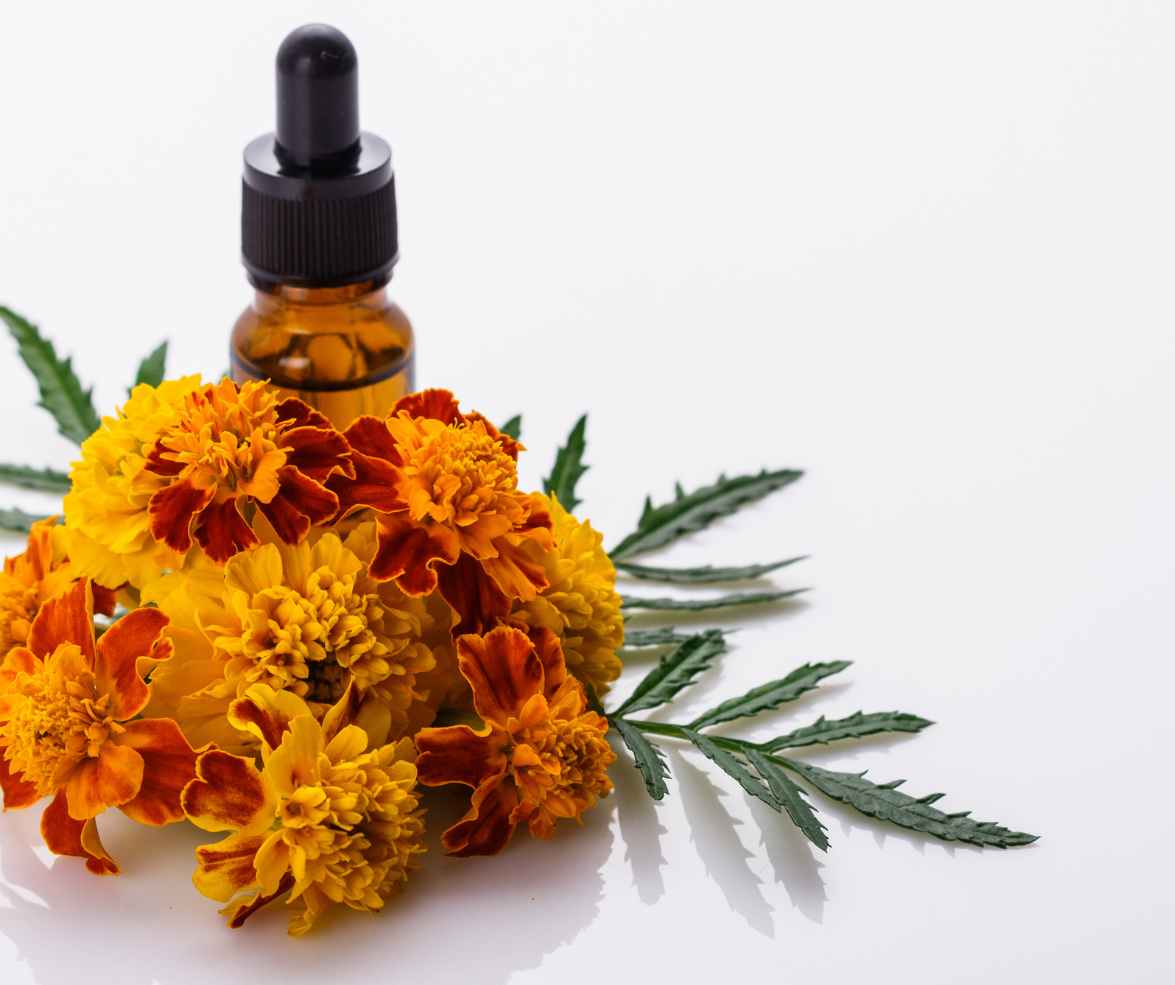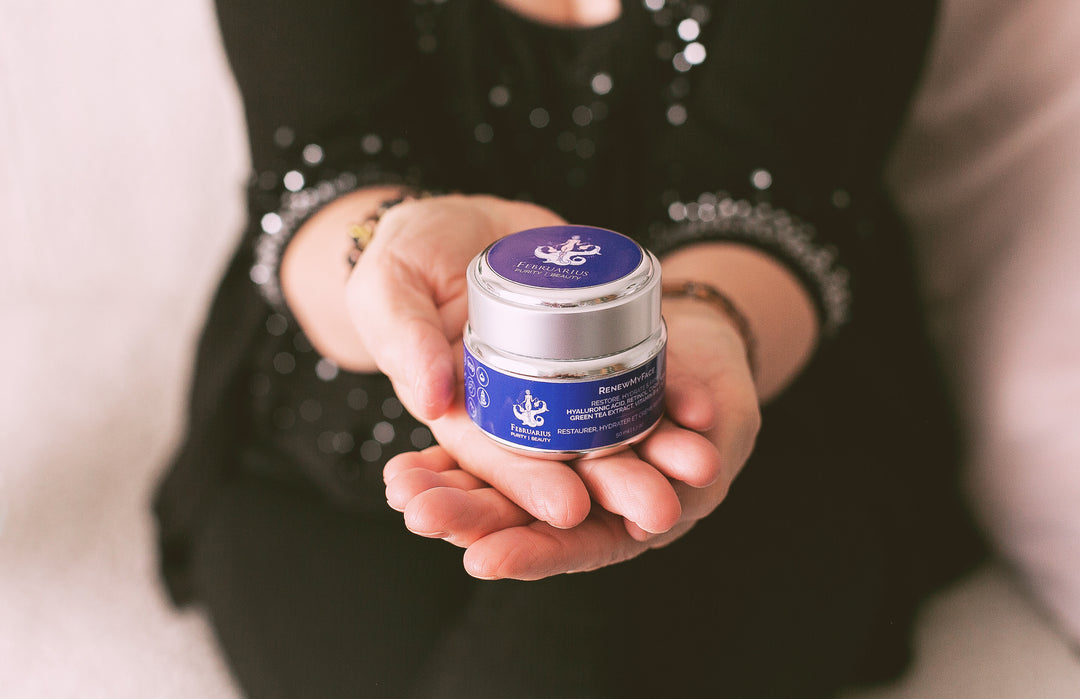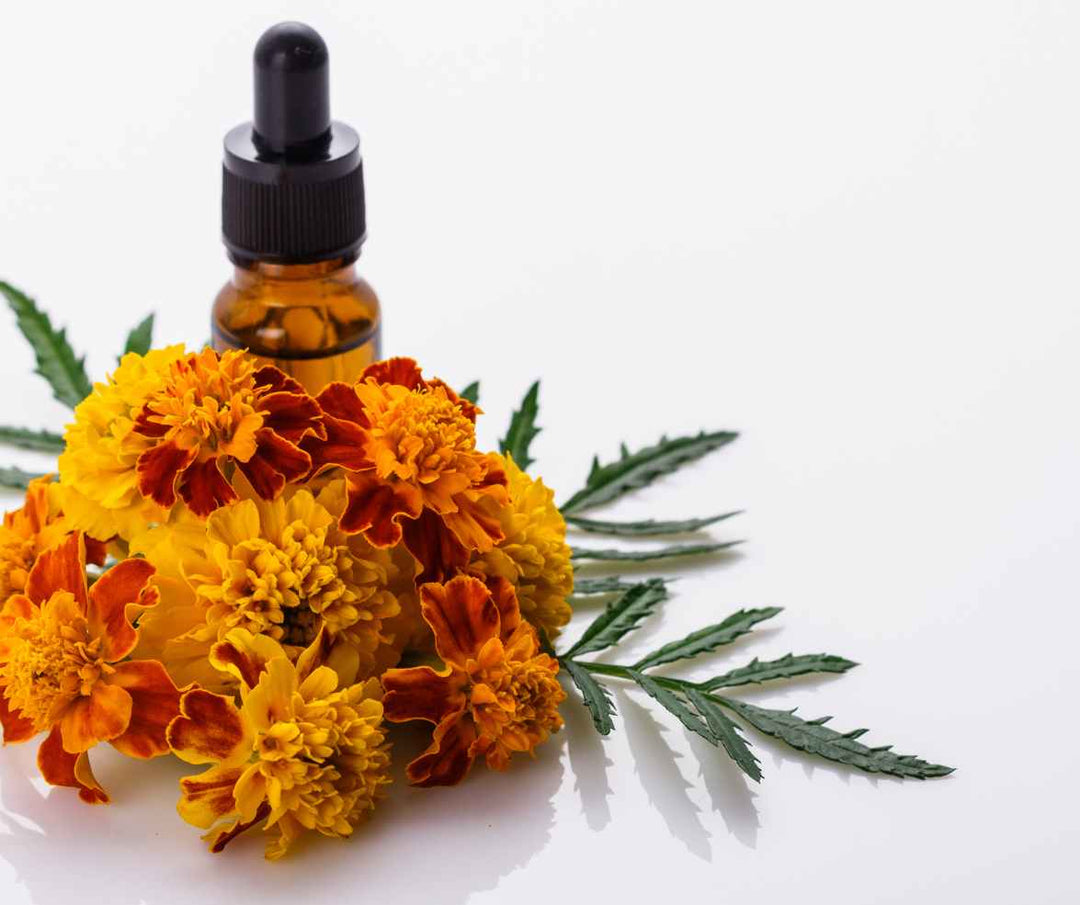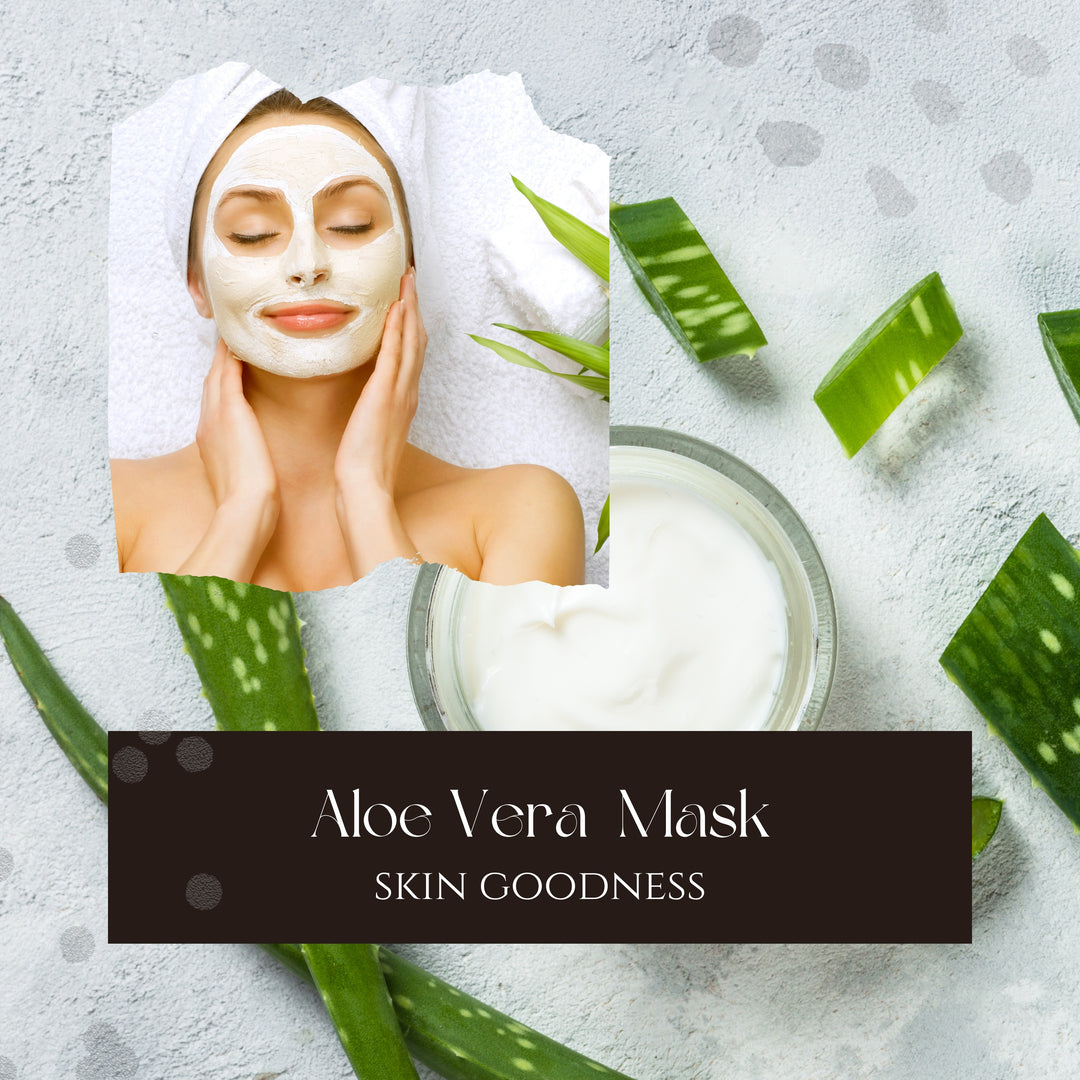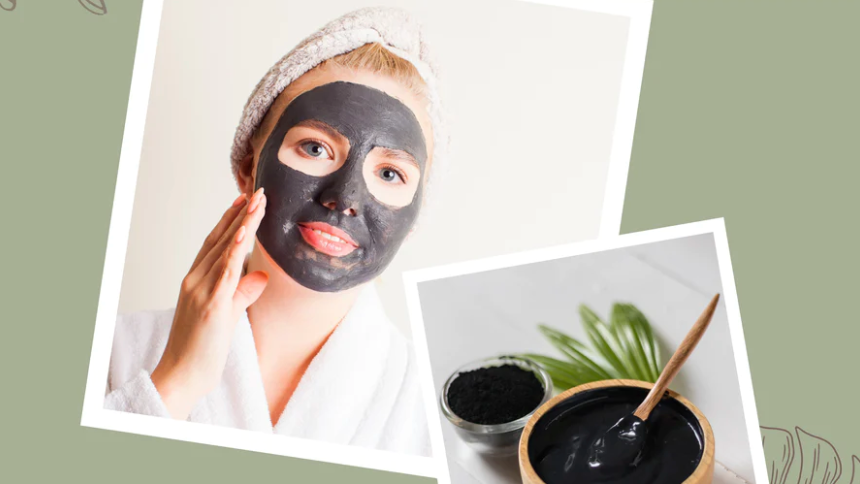BOTANICAL ORIGIN (sourced from Cosmetics Info. website)
It is probably safe to say that plant derived ingredients were among the very first cosmetics. Natural colorants, plant juices for soothing and protection from insect pests, and fragrant oils for imparting odor were all known and used in ancient times. The actual composition of a botanical ingredient can depend on a number of variables. For example, a Botanical Ingredient can be prepared by the extraction of the plant using a suitable solvent. Depending on the desired ingredient, different parts of the plant might be processed for use in cosmetic and personal care products. This might include the flowers, seeds, roots, leaves or other plant part. Some ingredients are obtained directly without extraction. The plant part might be dried and/or ground into a powder. In other cases the plant might be squeezed or pressed to obtained the juice or oil. In all cases, the manufacturing process is carefully controlled to ensure quality and a predictable composition. Although there has always been a continuing interest in the use of ingredients derived from plants in cosmetics, beginning in the 1990s, that interest exploded, with new discoveries of benefits, greater standardization and control of raw material specifications, and new formulation techniques.
That explosion of new botanical ingredients being introduced to the market led to the need to re-examine the industry’s rules for identifying the ingredients on consumer products. The earliest rules for identifying botanical ingredients (ingredients derived from plants with little processing, such as simple extracts, oil, etc.) for cosmetic labeling purposes were developed in the United States. With few ingredients initially, it made sense to simply call them by their common name, for example: apple, orange, etc. As more and more distinct ingredients entered the market, however, and as it was recognized that many of the common names could be representative of different compositions from differing species of plant, it became apparent that new rules for assigning names would be required. At the same time, countries around the world were expressing interest in requiring cosmetic ingredient labeling for their products, and were considering using the U. S. nomenclature as a base, but expressed concern that common American names for plants would not be understood by their citizens. The current approach uses that Latin Genus and species names as the base for botanical derived ingredient nomenclature. With this approach, much more specificity can be given to the botanical source of the ingredient, and, they would be easily recognized by the entire scientific and medical community.
Safety Information:
In considering the safety of Botanical Ingredients used in cosmetics and personal care products, it is important to consider the specific botanical material, the amount of the botanical in the raw material and finished product and the route of exposure. Most applications of Botanical Ingredients in cosmetics are topical; they are applied externally to the skin. In selecting Botanical Ingredients for preparation of cosmetic products, formulators take into account the extensive history of their preparation and use. Plant materials have been used for decades or even centuries and, based upon the human experience with these botanical ingredients, knowledge of their safety has been gained. Manufacturers of cosmetic and personal care products are required by law to substantiate the safety of their products, including products containing Botanical Ingredients. There are many different references that describe the isolation, use and safety of botanical preparations.
The safety of cosmetic ingredients, including Botanical Ingredients, is assessed by the Cosmetic Ingredient Review(CIR). The CIR is an independent program sponsored by the cosmetic and personal care industry. The CIR has considered the safety of many of the Botanical Ingredients that are used in cosmetics and personal care products. In considering the safety of Botanical Ingredients, the CIR Expert Panel considers all of the scientific data that is available, including data that is published in the peer-reviewed literature as well as information provided from other sources, and determines whether or not this information can allow a safety assessment. If additional information is necessary, the CIR will issue a public announcement identifying the additional information that is needed to complete their safety assessment. When all of the information is available, the CIR Expert Panel will then carefully review the data and issue a conclusion to the public. The conclusion can say that the ingredient is (1) safe as used, (2) safe with limitations on usage, (3) unsafe and (4) insufficient information to determine safety. The CIR conclusions provide important guidance for safe formulation of cosmetics and personal care products.
More safety Information:
The safety of a botanical depends on many things, such as its chemical makeup, how it is prepared and the manner in which it is used. Most cosmetic products are applied topically so the safety must take into account the route of exposure. The form of a botanical preparation also play important roles in its safety. For example, tinctures and extracts have different strengths. The same amount of a botanical may be contained in a a few teaspoons of tincture or an even smaller quantity of an extract. Also, different preparations vary in the relative amounts and concentrations of material removed from the whole botanical. For example, peppermint extract is very different from peppermint oil which is much more concentrated. It is the responsibility of the manufacturer to ensure that the ingredient is used appropriately and in a safe manner.


